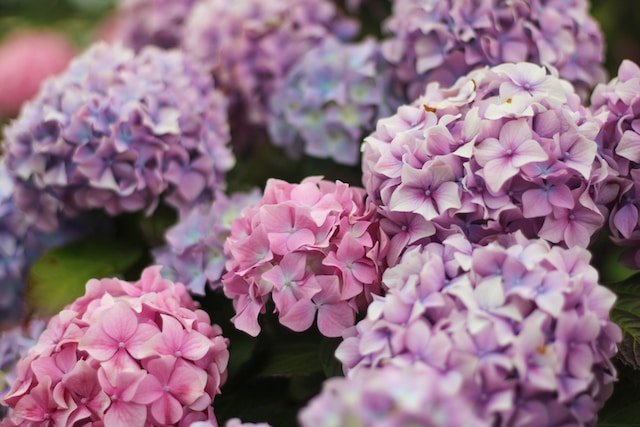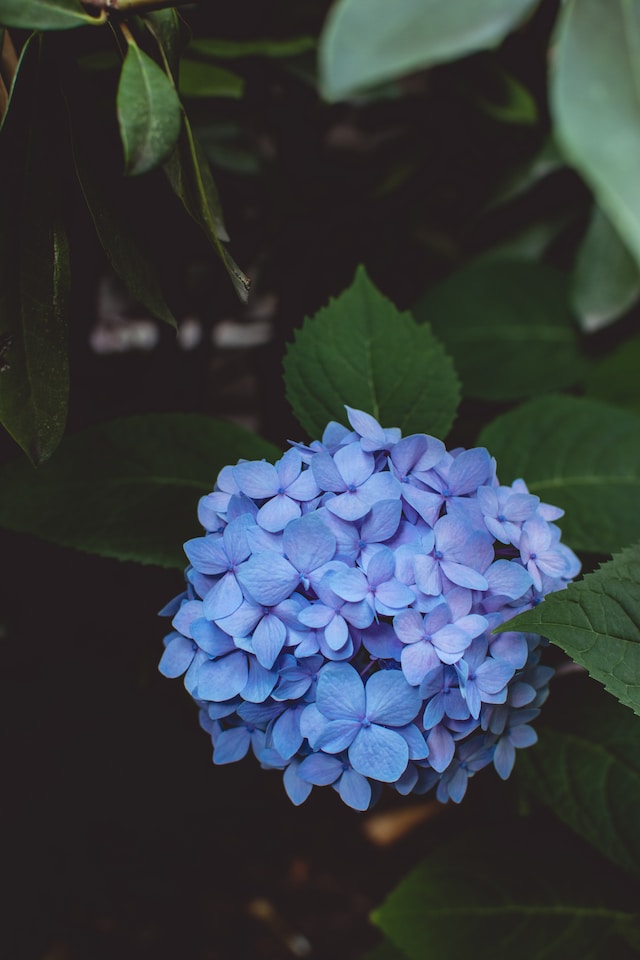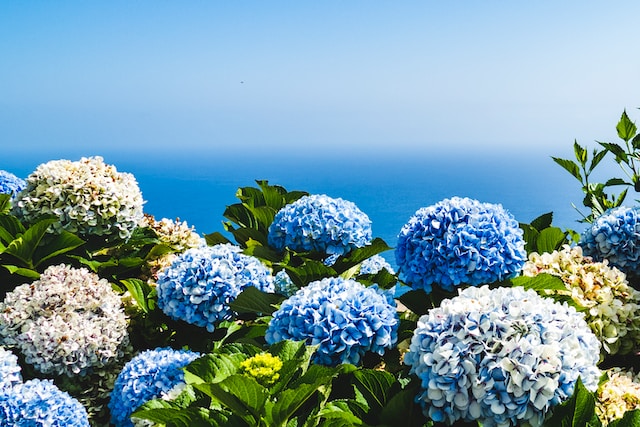When to Fertilize Hydrangea: A Guide to Optimal Growth
Hydrangeas should be fertilized in early spring, typically when you first notice new growth, and again in mid-summer to promote healthy growth and abundant blooms. However, the timing may vary depending on the local climate, so paying attention to the plant’s growth stages is best rather than strictly adhering to calendar dates.

This timing is because these periods correspond with the uptake of nutrients in hydrangeas. However, applying fertilizer too early in the season can lead to frost damage, while an application too late in the season may encourage leafy growth at the expense of blooms.
Over-fertilizing must be avoided as it can cause excessive growth and fewer flowers, making the plant more susceptible to pests and diseases. Therefore, using a slow-release fertilizer specifically formulated for hydrangeas or acid-loving plants is ideal to provide balanced nutrients throughout the growing season.
Table of Contents
The Importance of Fertilizing Hydrangeas
Hydrangeas are a popular choice for gardeners due to their stunning blooms and ability to thrive in various conditions. However, to ensure that they reach their full potential, it is important to fertilize them properly.
Fertilizing hydrangeas helps supplement missing nutrients in the soil, which can help the plant build a stronger foundation and encourage bloom production. Unfortunately, most soils do not have the perfect nutrient profile, and fertilizing can help fill the gaps.
It is important to note that only some gardeners need to fertilize their hydrangeas. Before applying any fertilizer, it is recommended to test the soil to determine if any nutrients are lacking. Adding more fertilizer can harm the plant if the soil already has the necessary nutrients.
When fertilizing hydrangeas, it is important to follow the recommended intervals provided by the manufacturer of the fertilizer chosen. However, applying too much fertilizer or applying it at the wrong time can also harm the plant. Therefore, it is recommended to fertilize hydrangeas twice a year, once in the early spring and again in the early summer.
Fertilizing hydrangeas can help ensure that they reach their full potential and produce stunning blooms. However, it is important to test the soil and follow recommended intervals to avoid harming the plant.
Factors to Consider When Fertilizing Hydrangeas

Hydrangeas are beautiful flowering shrubs that require proper fertilization to thrive. Fertilizing hydrangeas can be tricky, as it depends on several factors. This section will discuss the three main factors to consider when fertilizing hydrangeas.
Soil pH
The soil’s pH level is an essential factor to consider when fertilizing hydrangeas. Hydrangeas require acidic soil with a pH between 5.2 and 6.2 to thrive. If the soil is too alkaline, the plant cannot absorb the nutrients from the fertilizer effectively. Therefore, to ensure that the soil is acidic, you can add sulfur or aluminum sulfate to the soil.
Type of Fertilizer
It is important to choose a fertilizer that contains equal amounts of nitrogen, phosphorus, and potassium when fertilizing hydrangeas. A fertilizer with a high phosphorus content will encourage more blooms, but a fertilizer with a higher phosphorus content will encourage more blooms. You can also use organic fertilizers such as compost or manure.
Timing of Fertilization

The timing of fertilization is another essential factor to consider when fertilizing hydrangeas. You should fertilize hydrangeas twice a year, in early spring and in early summer. However, the timing of fertilization may vary depending on the climate. In warmer climates, you may need to fertilize hydrangeas twice a year, once in late spring and again in midsummer. In cooler climates, one application in midsummer is usually enough. Therefore, it is important to only fertilize your hydrangeas early enough in the season, as this can cause new plant growth that may not have time to harden off before winter.
